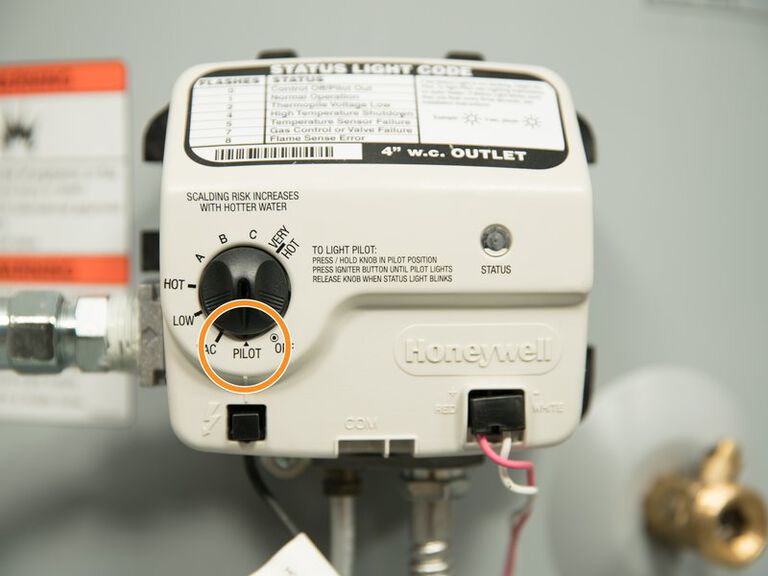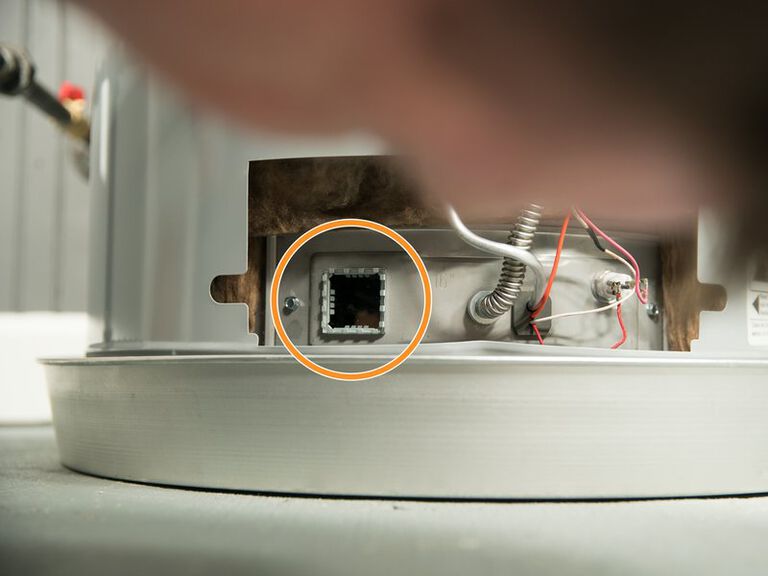You’ve come home after a long day, ready to enjoy a hot shower or wash your hands in warm water, only to find your water heater isn’t cooperating. The automatic pilot light just won’t ignite, leaving you frustrated and wondering what went wrong.
You’re not alone, and the solution might be simpler than you think. We’ll unravel the mystery behind your stubborn pilot light and guide you through the steps to get it back up and running. Imagine the satisfaction of solving this issue on your own, and the comfort of knowing your water heater is functioning properly again.
Stick around, and you’ll discover practical tips and insights that could save you time, money, and a lot of hassle.
Page Contents
Common Causes
Gas supply problems can stop the pilot light from lighting. Sometimes, the gas valve might be closed. Check if the valve is open. The gas meter should also have enough gas. Ensure the meter is working correctly. If the gas line is blocked, it can cause issues. A blocked line needs fixing by a professional.
A broken thermocouple is a common cause. It checks if the pilot is lit. If broken, it stops the gas flow. Thermocouples wear out over time. Ensure the thermocouple is clean and tight. Replacement may be needed if it doesn’t work.
The pilot orifice might be dirty. Dirt or debris can block it. This stops the pilot light from burning. Clean the orifice gently with a small brush. Check for any blockages. Regular cleaning can prevent these problems.
Air in the gas line can cause trouble. This prevents the pilot light from lighting. Bleed the gas line to remove air. Turn on the gas and wait a few minutes. Air should clear out, allowing the pilot light to ignite.
Troubleshooting Steps
Ensure the gas valve is open. Check for any kinks in the gas line. Verify the gas meter is functioning. Inspect for any leaks or smells. If leaks are found, call a professional. Confirm gas is reaching the heater.
The thermocouple should be secure and clean. Ensure its tip is near the flame. A faulty thermocouple can stop the light. Replace it if damaged. This part ensures safety. It stops gas flow if pilot light is off.
Debris can block the pilot orifice. Use a needle or wire to clear it. Ensure it’s free of dust. A clean orifice helps the pilot light. Test the light after cleaning. Repeat if necessary.
Air in the gas line can stop lighting. Open the pilot valve and let gas flow. Wait a few minutes. This clears air from the line. Try to light the pilot again. Ensure air is fully purged.
Tools Needed
A wrench setis essential for fixing your water heater. It helps to tighten or loosen nuts and bolts. Different sizes in a set help with various parts. Choose a good quality set for better results.
A multimeterchecks electrical connections. It measures voltage, current, and resistance. This tool ensures your heater’s electrical parts work well. Always handle it carefully. Safety is very important.
Use a needle or wire brushto clean dirt and rust. These tools help remove blockages in small spaces. They keep your heater parts clean. Regular cleaning can improve performance. A clean heater works better and lasts longer.

Credit: www.hotwater.com
Safety Precautions
Turn off the gas supply first. This stops any gas leaks. Ventilate the area by opening windows and doors. Fresh air reduces gas fumes. Wear protective gear like gloves and masks. This keeps you safe from harm. Safety is the most important thing to remember. Always follow these steps.
When To Call A Professional
If the pilot light won’t stay lit, there might be a deeper issue. Sometimes, dirt or debris blocks the gas flow. This can cause the light to extinguish. Regular cleaning might not help. A professional can inspect and fix underlying problems. They ensure safe and efficient operation. Don’t ignore persistent issues. They can lead to bigger problems later.
Smelling gas near your water heater is dangerous. It could mean a gas leak. This is serious and needs immediate attention. A professional should check for leaks. They have tools to detect and repair gas leaks safely. Never try to fix a gas leak yourself. It’s risky and could cause harm. Always call a professional for gas smell detection.
Fixing a water heater needs specific tools. Without them, repairs are difficult. Professionals have these tools. They use them for safe and effective repairs. Incorrect tools can damage the heater. This leads to higher costs later. Ensure the job is done right. Professionals have the necessary tools and experience.

Credit: www.youtube.com
Preventive Maintenance Tips
Check your water heater every month. Look for leaks and rust. Make sure all connections are tight. Ensure the pilot light is clean. If it looks dirty, wipe it gently. This keeps the heater working well.
Hire a professional once a year. They check the thermostat and burner. Experts can spot problems early. This saves money and time. Regular service helps the heater last longer.
The area around the heater should be tidy. Remove dust and debris. This stops blockages and keeps it safe. Avoid storing items too close. A clean space keeps your heater running smoothly.

Credit: www.hotwater.com
Conclusion
Solving pilot light issues is simpler than you think. Start by checking the gas supply. Ensure it’s open and flowing properly. Inspect the thermocouple; it might need cleaning or replacement. Look at the pilot tube for any blockages. Clear them carefully.
If the problem persists, consult a professional. Regular maintenance can prevent future issues. Keep your water heater running smoothly. Enjoy hot water without hassle. Stay proactive and address any issues early. Avoid frustration and cold showers. Small steps lead to big comfort.
Your home deserves reliable hot water every day.
